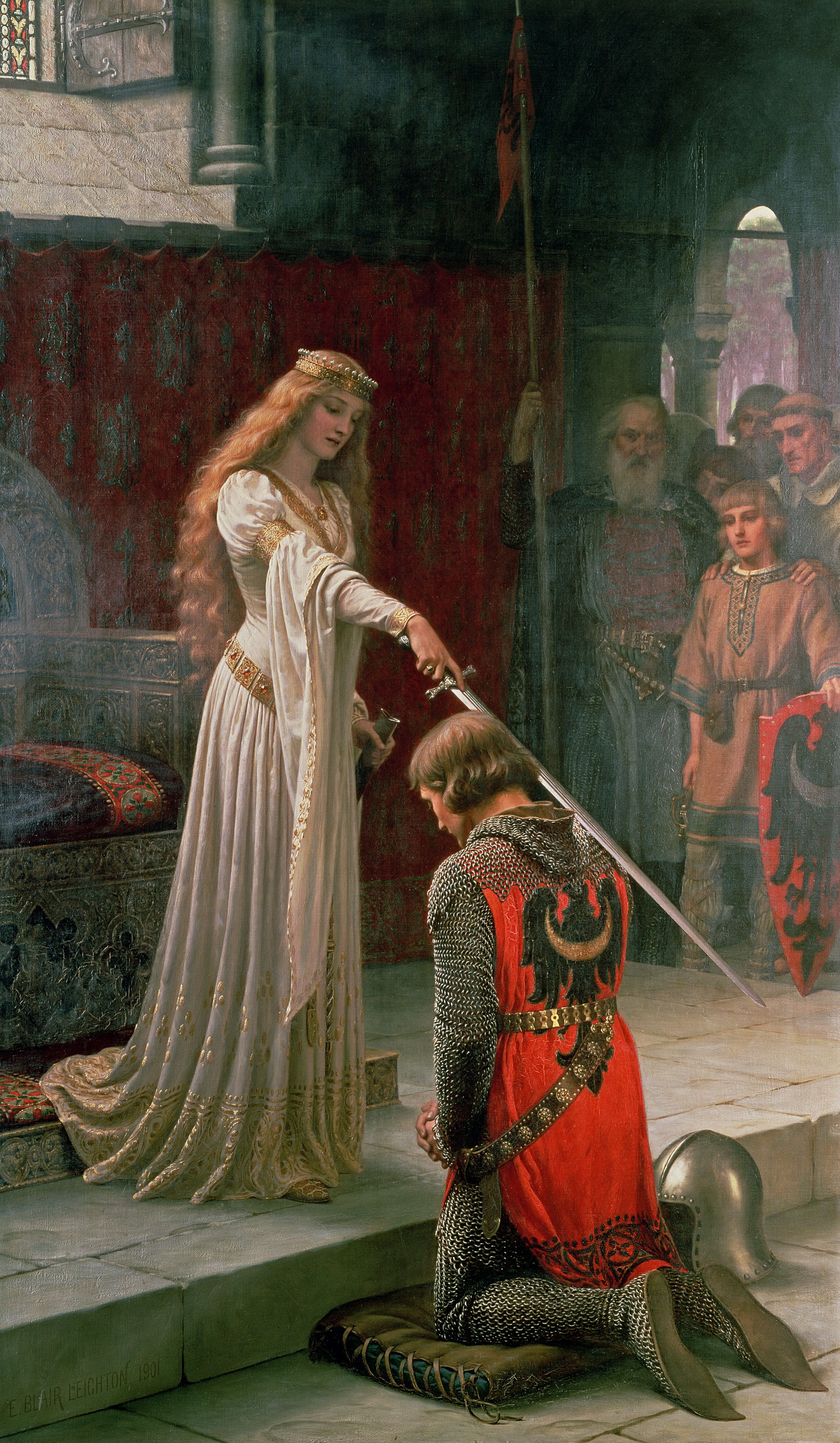Scarterran Feudalism
Feudalism has hereditary titles and social classes. The different layers of society are tied together with reciprocal ties.
Peasants, serfs, commoners, whatever name they take are the base. They provide their labor to their feudal overlords. In return, their overlords provide protection. If the farmlands are raided by orcs, rampaging ghouls, enemy armies or anything else, the overlords are obligated by a combination of morality, honor, and pragmatism to defend their subjects
There is also a darker side of “protection.” especially in peace time. If a peasants don’t pay their overlord his due, the overlord’s soldiers are free to do horrible things to them. In a sense they need protection from their lord’s own knights and men at arms as much they need protection from outsiders.
Sometimes commoners pay a portion of their crops (or other products of labor if they aren’t farmers) and then keep or sell the rest to live on. Sometimes the nobles takes all the commoner’s crops and then gives them back enough to live on. This is especially common if the crops need to be processed at a mill. The local noble probably controls the only mill, so commoners take their crops to the mill and receive flour back in return.
Sometimes nobles (or a third party) will pay their commoners for the products of their labor and the nobles take collect their taxes in the form of coins instead of crops, but this is uncommon. Regardless of what variation on this theme is used, the basic concept holds. Anything beyond what is needed to live (or what the lord believes the lower classes needs to live) goes to the feudal lord.
In most cases, the worker’s feudal lord has a feudal lord as well. Much like the peasants on the bottom, a noble with a feudal lord manages the land on behalf of the true owner, his liege. Land managed this way is commonly referred to fiefs. The noble is beholden to his liege for protection and the legal right to use the land and collect income from it. The noble either pays his debt to his lord with goods, money, military service or most likely a combination of all three.
There can be many layers. For an example. Barons pay a portion of their income to counts who pay a portion of their income to dukes who pay a portion of their income to the king. The names of different feudal lords change from nation to nation but the basic principle is the same. For simplicity, I will keep referring to the titles above. Also, while a count collects some kind of tithe or duty from the barons underneath him, he probably has a least a small parcel of land under his direct management with laborers working directly for him. Same with dukes and sometimes kings.
Feudal ties have a bunch of reciprocal obligations, but the obligations are meaningless without power backing it up. Knights are the primary enforcers of feudalism (though they aren’t always called “knights”). Generally speaking, the higher you are up the feudal hierarchy, the more knights you have. A Baron typically has between one and four knights and a King probably has at least a dozen. Knights usually but not always pledge fealty to every step of feudal hierarchy above their liege as well as their immediately liege, or at least they pledge fealty to their immediate liege and the ruling monarch. Even if his oath only deals with the baron, a baron’s knight better step lively if he is addressed by the king.
I know that in the real world feudal systems had many different possible titles, and it's likely that most if not all of the nations of Scarterra would have their own system of ranks and titles, but for simplicity I am using one set of titles for landed nobles in the following social rank.
King/Queen
Duke/Duchess
Count/Countess
Baron/Baroness
Knight


Comments